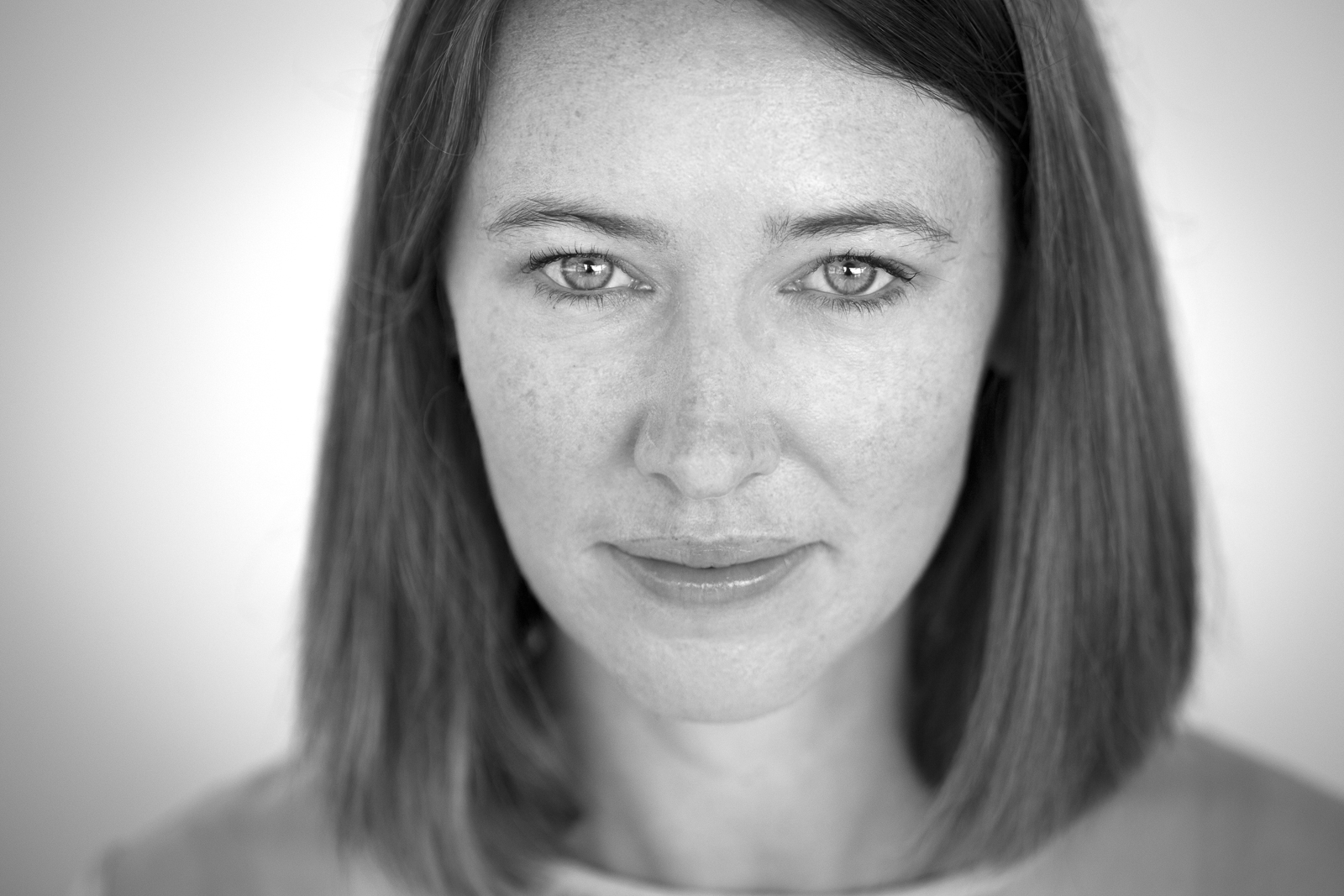Alicia Hughes
Supported by Friends of Glasgow University Library
Dr Alicia Hughes is an art historian and curator who specialises in interdisciplinary histories of collecting and collections. She received her PhD in History of Art from the University of Glasgow (2021), where she was part of the Leverhulme Trust-funded project, ‘Collections: An Enlightenment Pedagogy for the 21st Century’. Her doctoral thesis focused on the eighteenth-century anatomist William Hunter (1718-1783) and the creation of his collection of anatomical drawings and prints. Her research sits at the intersection of histories of art, science, collecting, book history and material culture. She has held fellowships with the Paul Mellon Centre for Studies in British Art and the Bibliotheca Hertziana – Max Planck Institute for Art History in Rome, and has lectured on topics including art markets, print culture and histories of collecting. Previous roles include Curatorial Assistant at The Hunterian, during which time she worked on the ‘Whistler: Art & Legacy’ exhibition (2021). Her current role is Project Curator at the British Museum on the AHRC-funded Towards a National Collection research project, The Sloane Lab: Looking back to build future shared collections.
During this University of Glasgow Library visiting research fellowship, Alicia will be investigating the history of the Whistler collection at the University through the lens of Rosalind Birnie Philip (the sister-in-law of the artist James McNeill Whistler) who inherited the collection and gave it to the University in a series of three gifts in the twentieth century. This world-class collection has enabled important research on Whistler’s life and his artistic practice, but little is known about how the collection came to the University of Glasgow or the role that Birnie Philip played in developing and caring for the collection. The attention that Birnie Philip gave to the collection extended to the restrictions she placed upon it when it came to the University and the actions that she took to develop it in the years prior to and between her gifts and bequest. This project investigates the extent to which Birnie Philip developed the estate collection following Whistler’s death and how it came to Glasgow. It questions, how did she interact with museum professionals, art dealers and staff within the University of Glasgow in the years before and between the gifts and bequest to the University? What other institutions did she make gifts to? Correspondence between Birnie Philip and dealers in Colnaghi’s & Co. between 1915 and 1955 points to engagement with art dealers to sell works from the estate collection to private collectors and other museum institutions. So, to what extent did Birnie Philip both curate the estate collection to ensure its longevity in institutional settings and actively engage with the art market to develop the collection and those of other institutions?
I am delighted to have the opportunity to undertake research this year as a University of Glasgow Visiting Library Fellow. Studying correspondence and documents related to Rosalind Birnie Philip that are held in the university collections will enable me to uncover how Birnie Philip managed the Whistler estate collection that she inherited in on the artist’s death 1903 and, ultimately, how she acted as a curator for the collection. By examining her papers, I look forward to exploring the history of the collection from her perspective. How did she engage with art dealers and other museum specialists? How, when and why did she buy and sell works from the estate collection? How do these acquisitions and sales sit within a broader strategy of collection development? Women played important roles in the history of collecting and collections and I am excited to undertake this research that will develop a new understanding of Birnie Philip as a curator whose actions ultimately served to shape the material and artistic legacy of one of the most important nineteenth-century artists in the History of Art.


